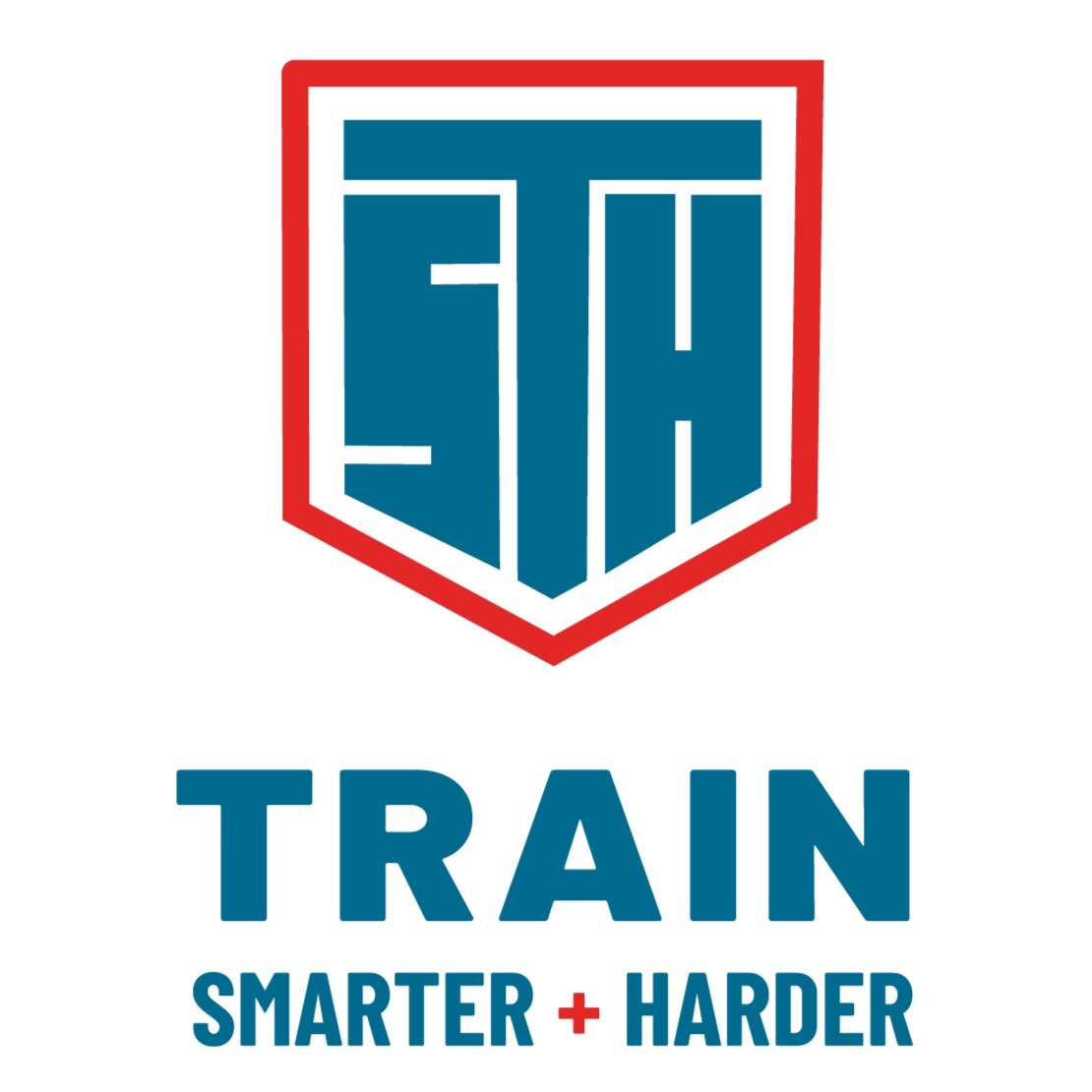‘DIET’ vs. a ‘NUTRITION PLAN’: Food Journaling
This is video #1 of a 3-part series on Nutrition.
Before I start, I want to first acknowledge the lingo we often hear when it comes to nutrition.
When we ask people about their nutrition, they typically start telling us about a special diet they’re on. It may just be semantics, but there’s a big difference psychologically when you think about being on a ‘DIET’ vs. a ‘NUTRITION PLAN’.
Diets inevitably come to an end. We usually start a diet with the intention to stop at some point – whether that be at a certain weight or when some type of health symptom starts to let up. From our perspective, we’d rather have a nutrition plan than be “on a diet”. A nutrition plan gets us in the mindset of making a lifestyle change. A nutrition plan is one you can stick with for the rest of your life if you wanted. It doesn’t feel restrictive, but instead makes change simple and also sustainable.
So, let’s talk about the first step in making a nutrition plan.
Keeping a food journal.
How do you do it?
Well, for one week, either write down everything you eat or take a picture of everything you eat. I don’t want you to change anything about what you’re actually eating, just track it.
What does this do? Three things:
First, it makes you aware of everything you’re putting in your body. You’d be surprised by how little we remember about what we eat over the course of a day. And if I forgot that I ate a donut for breakfast, I’m less likely to turn down that ice cream sundae for dessert.
Second, you’ll eat less! A Duke University study showed that without following a particular diet, overweight people who tracked daily food consumption using a smartphone app lost a significant amount of weight.
And Third, you’re inevitably going to make better decisions. If you have a choice between eggs and a bowl of cereal for breakfast, knowing that you’re going to be tracking it or taking a picture will push you to make a better decision – without having to rely solely on your willpower.
Keep an eye out for part 2 of this series; and in the meantime, start tracking (and noticing)!
